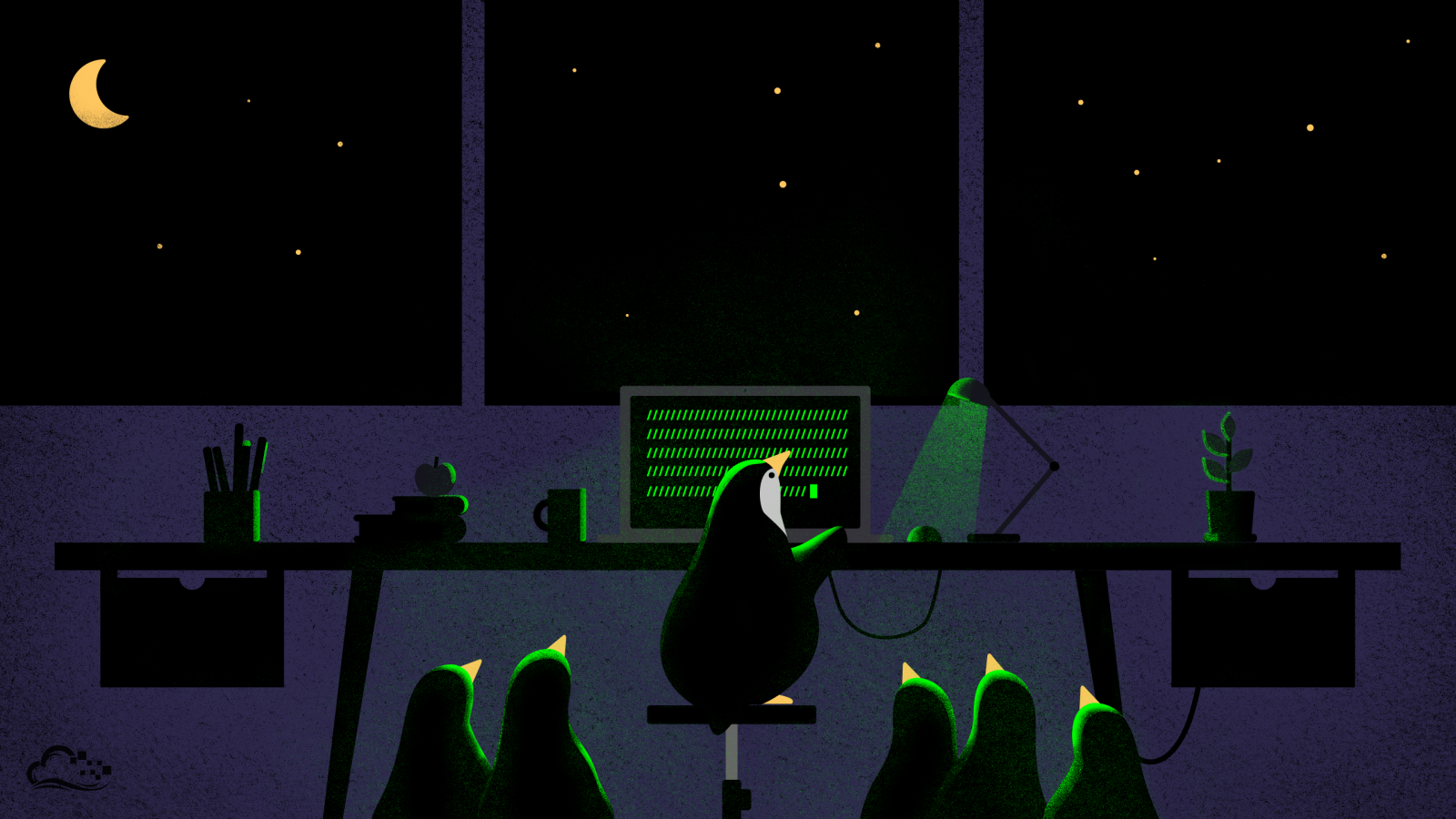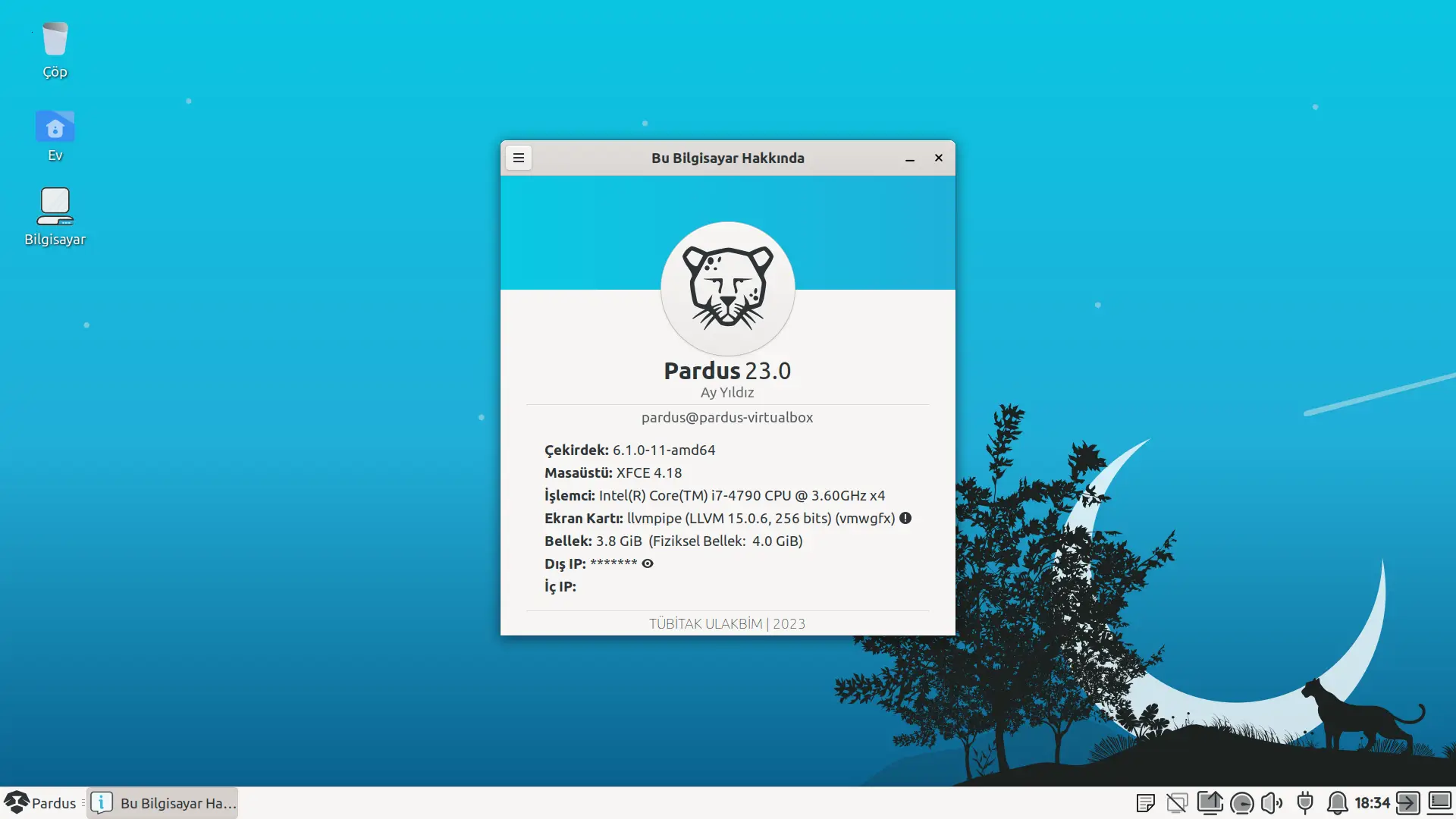
Linux komutları konusunda uzmanlaşmak mı istiyorsunuz? Yoksa sadece meraklı bir Linux kullanıcısı mısınız? O halde bu yazıyı dikkatle okumanızı tavsiye ediyorum!
Komut satırı arayüzü (CLI – Command Line Interface), genel olarak yeni başlayanlar veya ev kullanıcıları tarafından pek tercih edilmez. Öte yandan komut satırı arayüzü, grafik arayüze göre çok daha güçlü, işlevsel ve hızlıdır. Bu konunun bir Linux kullanıcısının mutlaka öğrenmesi gereken konular arasında ilk sırada yer aldığını düşünen biriyim. Bu sebeple Linux sistemlerde komut satırı arayüzü kullanımı için temel olarak bilinmesi gereken noktaları içerdiğini düşündüğüm bu yazıyı sizler için hazırladım.
Temel Linux komutlarını öğrenmeden önce dikkat edilmesi gereken ilk konu, Linux komutlarının dizilimi olmalıdır. Böylelikle Linux komutları daha rahat anlaşılabilir.
Linux komutlarının dizilimi
Linux komutları genel olarak aşağıdaki dizimi kullanır.
<komut> <-seçenek(ler)> <(varsa) parametre>
Seçenekler, genel olarak tek harf olarak tanımlanmıştır ancak uzun halleri de bulunabilir. Linux komutlarında seçenek yazılırken - (tire) işareti kullanılır. Şayet uzun biçimde yazılacaksa -- (iki tire) kullanılır.
Örneklerle devam edelim.
<komut> --help
Bir komut hakkında bilgi almak için --help seçeneği kullanılır. Hemen örneklerle inceleyelim:
ls --help komutunu yazdığınızda, ekranda ls komutunun alabileceği parametreleri listeleyen ve onları kısaca açıklayan bir çıktı göreceksiniz. Burada ls komut, --help seçenektir.
cd / komutunu yazdığınızda ise çalışma dizini / (kök) dizini olacaktır. Burada cd komut, / parametredir.
Bütün komutlarda aynı anda seçenek ve parametre kullanmak zorunda değilsiniz. Bazı komutlar seçenek ve parametre girmeden de çalışabilir. “Temel Komutlar” kısmında örnekleri göreceksiniz.
Linux komut yapısından temel olarak bahsettik, artık temel komutlara geçelim.
Temel Linux komutları
ls – list directory
Dizin ve dosyaları listelemek için kullanılır. Listeleme sırasında, dizin ve dosyalar çeşitli renklerle ifade edilir.
ls
Mevcut dizindeki dosyalar ve dizinleri listeler.
ls -a
Gizli dizin ve dosyaları da kapsayarak listeler.
ls -l
Dizin ve dosyaları detaylı olarak listeler. ls -lh komutu ile daha okunabilir biçimde yazdırabilirsiniz.
ls <dizin-yolu>
Verilen dizini listeler.
Ayrıca dosyaları ada ve boyuta göre sıralama gibi seçenekleri vardır. Daha detaylı bilgi için man ls komutunu girebilir, komutun kullanımını ve tüm parametrelerini öğrenebilirsiniz.
cd – change directory
Dizinler arası geçiş yapmak için kullanılır.
cd /
Kök dizine gider.
cd
Yalnızca komut yazılırsa kullanıcı ev dizinine gider.
cd ..
Bir üst dizine gider.
Komut parametresi kök dizinden, yani / işaretiyle başlarsa buna tam yol kullanımı denir.
cd /home
/home dizinine gider. /home dizini kök dizinin altında bir dizindir.
Aşağıdaki gibi bir kullanımda ise göreceli yol kullanımı denir. Yine kök dizini referans alır.
cd ../..
cp – copy
Dosya kopyalamak için kullanılır.
cp <kaynak> <hedef>
Bir dizin ve onun içindekileri kopyalamak için -r parametresini kullanmanız gerekir.
cp -r <kaynak> <hedef>
Birden fazla dosya ve/veya dizini kopyalamak için, kaynak kısmına kopyalanacak dosya ve dizinleri sırayla yazabilirsiniz.
cp -r <kaynak> <kaynak1> <hedef>
mv – move
Dosya veya dizin taşımak için kullanılır. Bir başka işlevi ise dosya veya dizinlerin adının değiştirilmesidir.
mv <kaynak> <hedef> mv <dizin> <yeni_dizin_adi>
İşlem sonucuyla ilgili bilgi almak için -v parametresini kullanabilirsiniz.
rm – remove
Dosya silmek için kullanılır. Normal şartlarda rm, dizin silmez. Bunun için -r (--recursive) parametresini kullanmanız gerekir. Eğer silerken soru sormasın, ne var ne yok silsin istiyorsanız -f (--force) parametresini kullanmanız gerekir. Bu iki parametrenin birlikte kullanımı ise epey tehlikelidir. Kullanırken dikkatli olmanızda fayda var.
rm </dizin_adi/dosya_adi.uzanti> rm -rf <dizin_adi>
mkdir – make directory
Yeni bir dizin oluşturmak için kullanılır.
mkdir <dizin_adi>
Aynı anda birden fazla dizin oluşturmak için dizin adları arasında boşluk bırakmanız yeterli.
mkdir <dizin_adi> <dizin_adi1> <dizin_adi2>
İç içe dizinler oluşturmak istiyorsanız, -p parametresini kullanabilirsiniz.
mkdir -p <dizin_adi/dizin_adi1/dizin_adi2>
İşlem sonucunu yazdırmak için -v parametresini kullanabilirsiniz.
mkdir -pv <dizin_adi/dizin_adi1/dizin_adi2>
rmdir – remove directory
Boş dizinleri silmeye yarar.
rmdir <dizin_adi>
pwd – print work directory
Bulunulan dizin yolunu kök dizinden itibaren tam yol olarak verir.
pwd
whereis
Bir dosyanın nerede veya nerelerde bulunduğunu gösterir.
whereis <komut>
whatis
Komutlarla ilgili kısa bilgi almak için kullanılır.
whatis <komut>
man
Komutlarla ilgili detaylı bilgi almak için kullanılır. Man dosyaları hakkında daha fazla bilgi için buraya bakabilirsiniz.
man <komut>
clear
En sık kullanılan komutlardandır. Komut satırı arayüzünü temizlemeye yarar.
Bu yazının son komutu olan clear komutunu da öğrendiğinize göre artık komut satırı arayüzünde temiz bir sayfa açabilir, öğrendiklerinizi uygulayarak Linux komut satırı arayüzünü keşfe çıkabilirsiniz.




